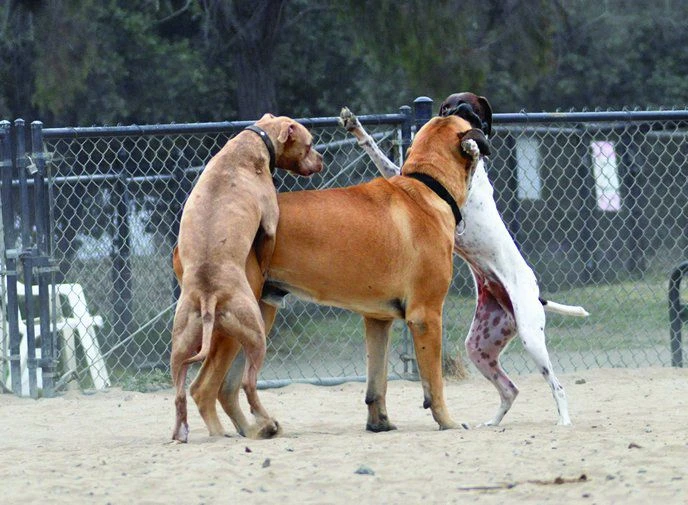Why Do Dogs Hump? Unveiling the Behavior

Dogs humping objects, people, or other animals can be an embarrassing and puzzling behavior for pet owners. However, it's essential to understand that humping is a natural aspect of canine behavior. In this blog post, we will delve into the underlying reasons behind dogs' humping behavior, exploring the complex interplay of sexual, social, and emotional factors that contribute to this behavior. Let's unravel the truth behind humping, its connections to dominance, play, and stress, and how to address and manage this behavior effectively.
Why Do Dogs Hump?
- Sexual Behavior:
- Manifestation of sexual arousal or frustration.
- Hormonal fluctuations, particularly in intact (non-neutered) dogs.
- Expression of reproductive instincts.
- Social and Dominance Behavior:
- Humping as a display of dominance or establishing hierarchy.
- Asserting control or asserting their position within social interactions.
- Dogs may also hump as a response to feeling challenged or threatened.
- Play and Excitement:
- Humping can be a part of play behavior, particularly during puppyhood.
- It may be an expression of excitement or overstimulation during play sessions.
- Anxiety or Stress:
- Humping may serve as a coping mechanism for dogs experiencing anxiety or stress.
- It can provide a temporary outlet for pent-up energy or emotional tension.
Addressing and Managing Humping Behavior:
- Neutering/Spaying:
- In some cases, neutering or spaying can help reduce humping behavior related to sexual motivations.
- Training and Redirecting:
- Consistent training and positive reinforcement to redirect the behavior towards more appropriate outlets.
- Teach commands such as "off" or "leave it" to discourage humping.
- Provide Sufficient Exercise and Mental Stimulation:
- Regular exercise and engaging activities help alleviate excess energy and reduce humping as a result of boredom or frustration.
- Identify Triggers and Reduce Stress:
- Identify situations or triggers that elicit humping behavior and modify the environment accordingly.
- Reduce stressors and provide a calm and secure space for your dog.
- Seek Professional Help:
- If humping persists or becomes problematic, consult with a professional dog trainer or behaviorist for guidance and tailored strategies.
Understanding why dogs hump is crucial in order to respond to this behavior appropriately. Humping is a multi-faceted behavior that can stem from various motivations such as sexual, social, play, or stress-related factors. By addressing the underlying causes, implementing training and redirection techniques, providing adequate exercise and mental stimulation, and reducing stressors, you can effectively manage and modify humping behavior. Remember, patience, consistency, and seeking professional help when needed can contribute to a harmonious relationship with your canine companion.